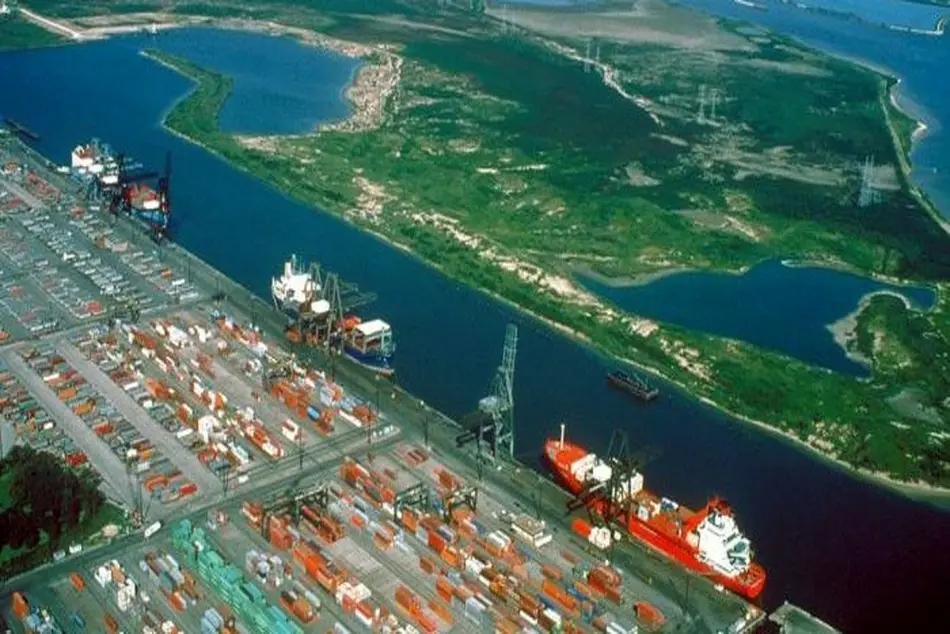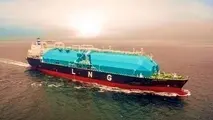Clogged Sea Strainers Key Cause Of Lost Propulsion In Houston Channel
The USCG issued a bulletin noting that loss or reduction in propulsion continue to occur in the Houston Ship Channel (HSC) complex and one of the key causes continues to be accumulation of small fish in vessel's sea strainers.

The USCG issued a bulletin noting that loss or reduction in propulsion continue to occur in the Houston Ship Channel (HSC) complex and one of the key causes continues to be accumulation of small fish in vessel's sea strainers.
"Since early April this year, issues beyond propulsion including significant reduction of firefighting water supply and deck water spray systems have been encountered during vessel examinations and have raised concern for these critical systems while moored in the port. Any system that takes suction from the sea could be at risk at any given moment due to the narrow waterway and the draft of vessels creating very high density of schooling fish in the water column."
As explained, this is typically a seasonal event involving primarily Gulf Menhaden, with May-October being the highest risk -although vessels have reported encountering Menhaden in their sea strainers year round.
"Schools of fish are drawn into a vessel's sea chest clogging the sea strainers, reducing cooling and causing high waterloil temperatures that without quick response can result in engine overheating and auto slow down or automatic shutdown. Texas Parks and Wildlife are anticipating a greater than normal Menhaden concentrations throughout this year."
Recommendations
- Sea chests should not be used without filter strainers in place and should be monitored at all times in the HSC.
- Detailed procedures for cleaning seawater strainers should be established. These procedures may include back-flushing or regular changing and cleaning duplex strainers as appropriate.
- Prior to transit, inspect and clean the service sea chest. Ensure filters and coolers are clean prior to entry into U.S. waters. Implement a preventative system that requires frequent cleaning and swapping between sea strainers.
- Monitor the pressure on pumps and filters. Be prepared to respond quickly when reduced performance is observed.
- Have a contingency plan in place and ensure all engineering staff is familiar with the plan. Consider posting a double watch in the engine room while in pilotage waters. Have crew ready for cleaning of strainers during transit.
- All tools and equipment for opening the sea chest and cleaning the strainer should be prepared and ready for usage.
- Vessels regularly transiting the HSC may consider having spare clean filter strainers onboard, allowing quick changeovers of strainers.
Source: safety4sea


